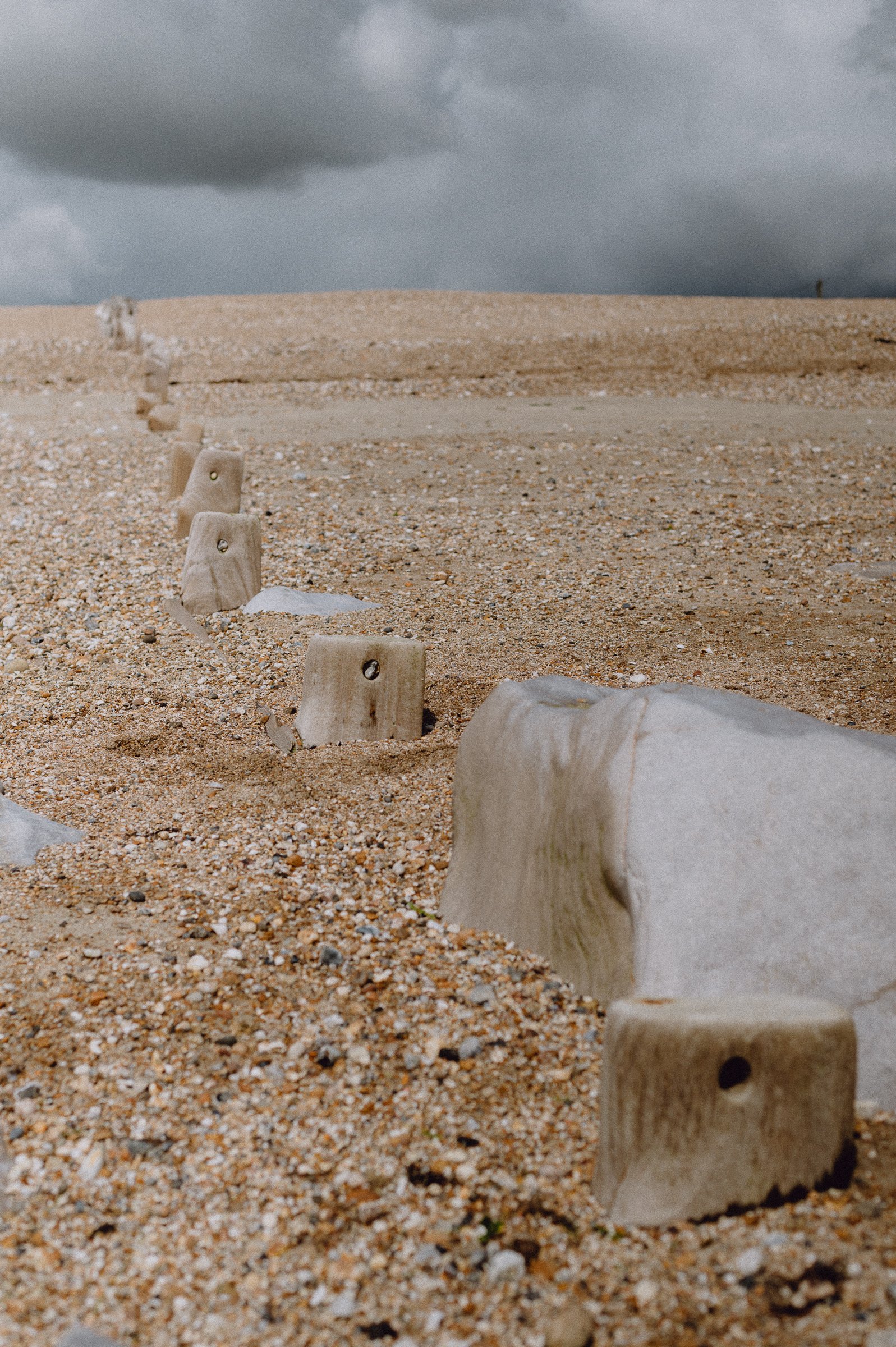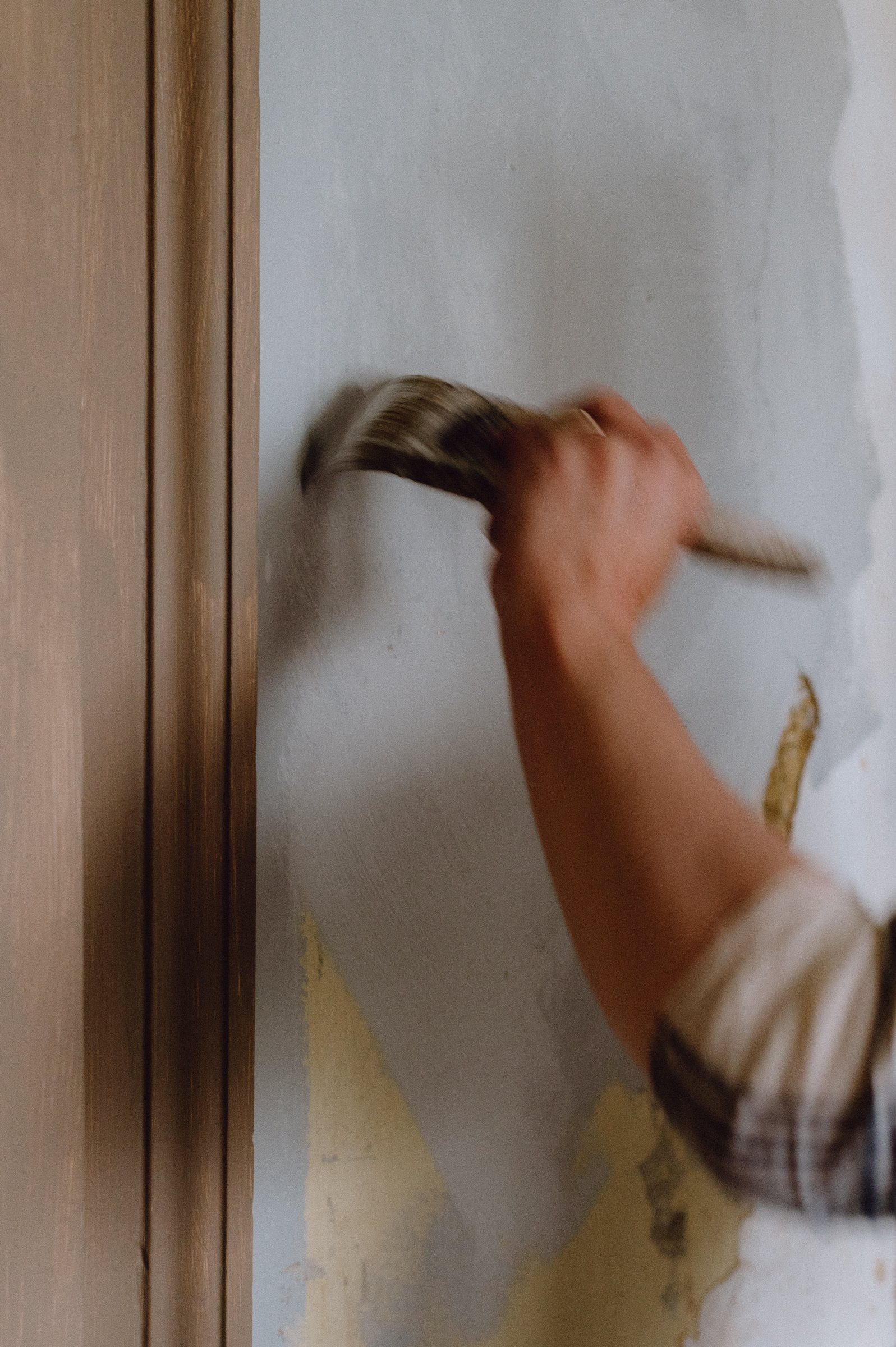On Breathability - Why 0.004 is a beautiful number
Breathability.
It’s a word we use to describe the goodness of our paint. It’s a word many people use to describe many things. And it is, perhaps, a word that is moving into the world of vaguely uncomfortable ‘speak’.
My chemist and I talk about many, many things painterly. He is a font of good and true knowledge and also very pragmatic. This week we discussed the truism of breathability in paint.
Sometimes we use chickens or chicken farming as analogies to help customers understand the differences between paint products. Why one chicken is more expensive than another, why £4.00 chickens generally aren’t good, but also if £4.00 is all you have, why it sometimes isn’t an easy choice.
Consumption is a hotbed of complex choices, with each of us having different priorities and needs. Browbeating you isn’t helpful. Sharing knowledge, communicating and understanding is.
I thought it would be useful for you to know exactly what breathable means in paint, why you need it if you do, and why it’s nice to have even if you don’t. I hope it also helps you use less paint, because less is generally best.
Breathability in paint simply means how quickly and easily the paint allows moisture or water vapour to pass through surfaces. The quicker it travels, the easier it is for your walls and home to regulate its natural moisture levels. A breathable paint helps prevent damp and mould building up and, ultimately, damaging the fabric of your home.
Trapped damp is horrible. I’m sure many of you have deeply suppressed memories of student housing or first flats. It isn’t good to live with as a human and it isn’t good for your home.
The most common method for measuring breathability is called SD, or steam diffusion. Most paint brands should have this listed or available for you.
1.0 is the starting point. 1.0 means it isn’t breathable and will block moisture.
0.0 is Nirvana - or no barrier to moisture wicking in and out. So the lower the number, the more breathable it is. The closer you can get to 0.0 is the best you can do. It is that simple and, I personally believe, very important.
Our True Matt Emulsion has an SD value of 0.004, which makes my chemist and I super happy.
You need properly (close to 0.0) breathable paint if you have fresh or old lime plaster. It doesn’t have to be lime wash, it just has to be deeply breathable. Fresh gypsum plaster still allows moisture to wick in and out, so breathable paint is also extremely useful and very nice to live with. Previously painted walls can be a conundrum. Best practice is proper sanding to break the surface, a thorough clean (we like white vinegar), followed by two coats of breathable paint.
Finally, a thought on other preparatory products. With our emulsions, you shouldn’t need primers, bonding coats or grip coats before painting (unless your wall has a previous oil-based or undisclosed finish). You can also use our emulsions for your mist coats, avoiding extra layers.
Less products, fewer coats, less time painting.
Happy days.



